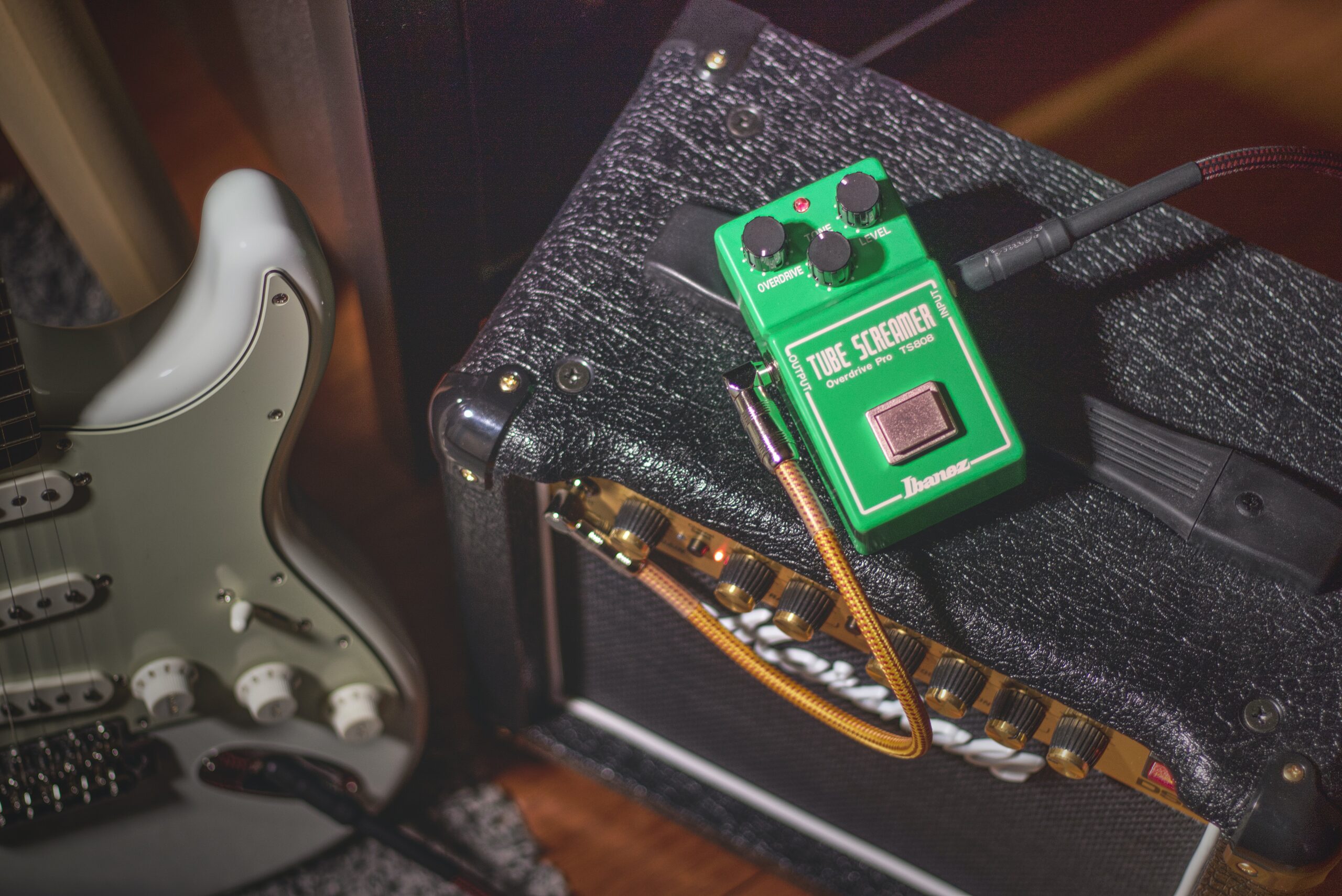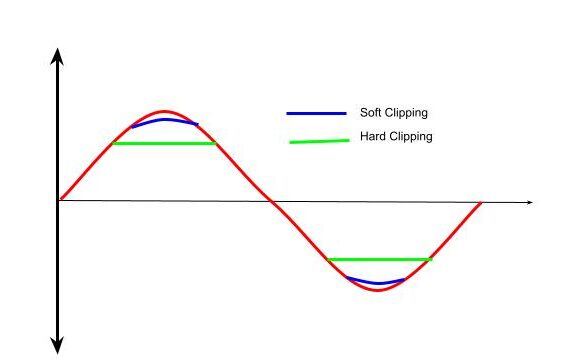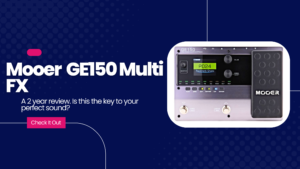What You Need to Know About Distortion and Overdrive Pedals
Distortion and overdrive are two effects that every guitarist should at least be aware of, even if they don’t make use of them. Distortion and overdrive effects pedals are two different types of pedals that do similar things, but in slightly different ways. They both distort the signal, which means they make it sound more intense than usual. But they distort it differently. A lot of people have misconceptions about distortion and overdrive pedals. These misconceptions can lead to a lot of confusion when you’re trying to choose from the wide selection available on the market. That’s why I decided to create this blog post. It will clear up some of the confusion and help you choose between the many interesting pedals on offer! So, if you’re wondering what the difference between them is, read on!

Overdrive Effect Pedal Basics
Overdrive pedals are designed to sound like a tube amp that is pushed into distortion. This means they’re not meant to simulate the sound of a tube amp being pushed into distortion, but rather the sound of one being pushed past its limits, producing harmonics and overtones not normally heard in clean settings. This creates a warmer, thicker sound to your signal. While some people may prefer a more subtle overdrive tone for blues or classic rock styles, others may use it as an alternative to distortion pedals when playing heavier genres like metal or punk. If you think of classic rock bands such as AC/DC or Cream, you should have that overdrive sound in your head.
Distortion Effect Pedal Basics
When you’re playing guitar, distortion refers to a type of non-linear distortion (also called saturation) that exaggerates certain frequencies when applied to audio signals. As opposed to overdrive effects pedals, distortion units are often used at high volumes with heavy tones in order to create aggressive sounds that rock musicians love — though they can be just as useful when used sparingly on less extreme settings!
Overdrive is a type of effect that alters your tone by boosting it, whereas a distortion pedal changes the frequency content of your signal by clipping off some of its peaks and valleys—essentially making it more fuzzy. Overdrive pedals are usually used as an addition to gain stages in amplifiers; they create warm sounds while adding sustain (which is why they’re often called “distortion” pedals). They can also be used as stand-alone devices if you want to add them onto any input source. The most common approach for achieving this is by increasing gain after adding compression or boost effects.
A distortion pedal does not boost or cut any frequencies at all; instead, it distorts them by clipping off their peaks and valleys so that they become rounded off at the top end—which makes them sound thicker and fatter than before!
What Is Distortion?
The circuit design of both Overdrive and Distortion effects both alter your signal, but in different ways. To explain this simply, lets look at the waveform of an audio signal below. Imagine this to be the clean sound of your guitar through your amplifier. It shows its wavelength and its amplitude.

The circuitry of overdrive and distortion pedals tend to use Op Amps to amplify the incoming signal and diodes to clip the signal. Different pedals use a different number of “clipping stages” in conjunction with amplification stages to produce a distorted signal. You may often hear the terms “soft clipping” and “hard clipping” when referring to the design of the circuit. The diagram below shows the difference between the two, in terms of the effect it has on the signal. In reality this is achieved by stretching the amplitude of the waveform within the available headroom. Generally speaking the harder the clipping the more distorted the waveform becomes.

The introduction of the signal harmonics will further change the signal. There is such variety in overdrive and distortion pedals but this mainly comes down to the “amplification” and “clipping stages”. Overdrive pedals tend to use soft clipping to give a warm and natural sound. Whereas the distortion pedal will use more aggressive hard clipping to give more of a dirty sound. Eventually, you’ll get to “Fuzz”. See my guide What Is Fuzz?
Conclusion – The Final Word On The Difference Between An Overdriven or a Distorted Guitar Tone
So, what’s the difference between overdrive and distortion? It comes down to a matter of taste. You can get similar results from both pedals, but it depends on how much gain you want from each unit. Some people prefer one over the other, while others like a combination of both types of effects in their signal chain. We recommend trying out different types for yourself to decide which works best for your style! Why not check out the introduction to guitar effects guide?




Pingback: What Is Flanger? Why You Need a Flanger Effects Pedal! |